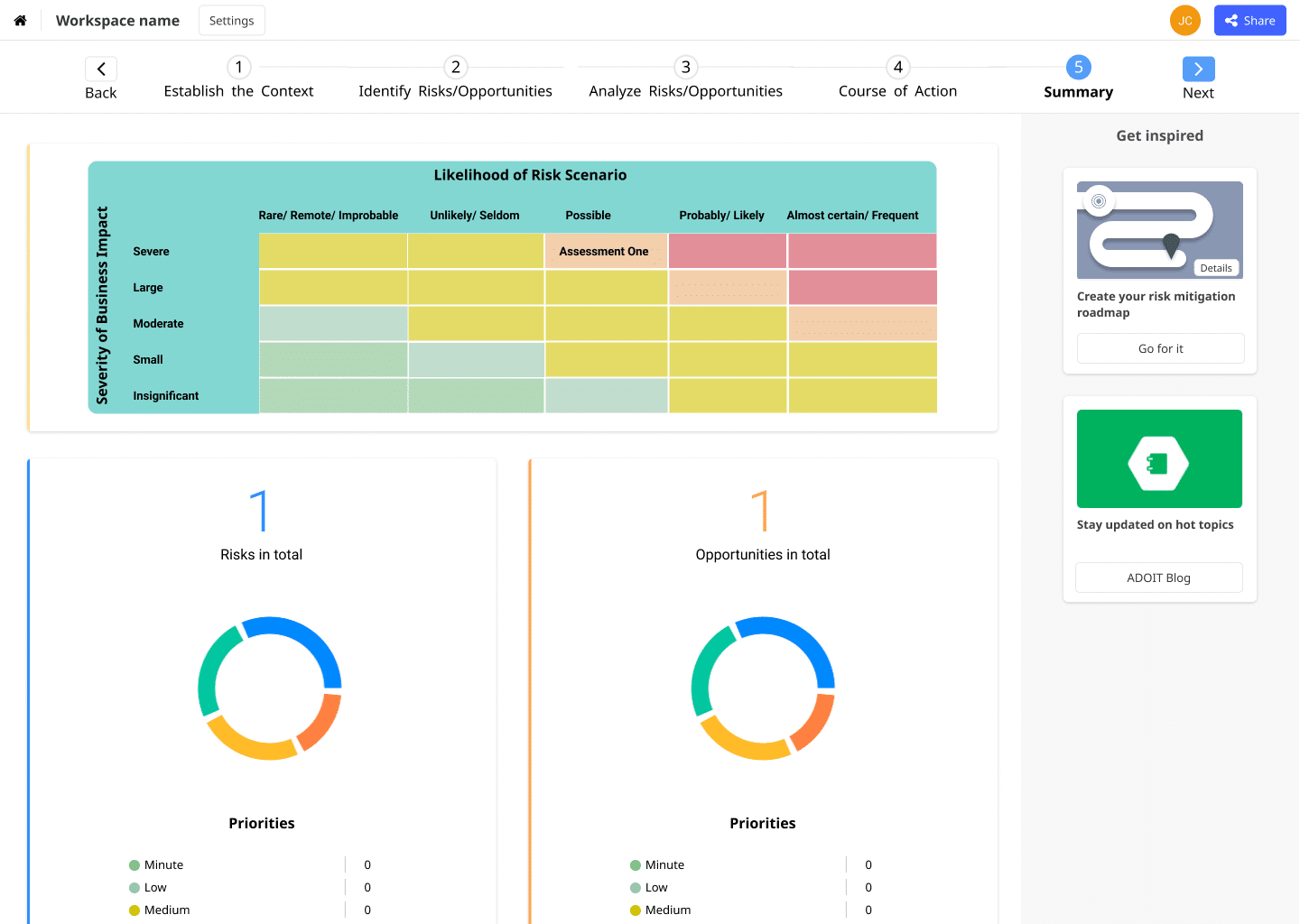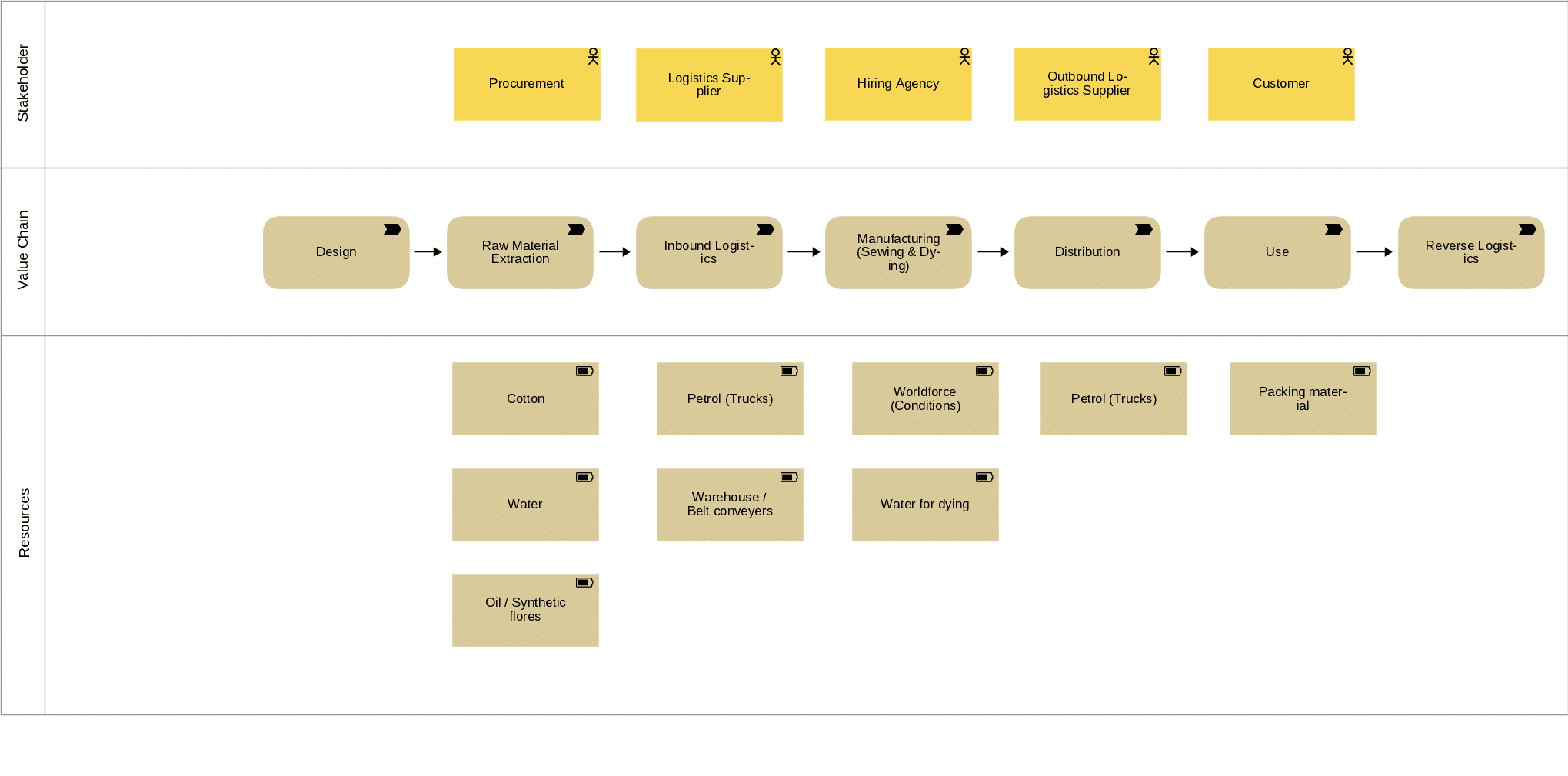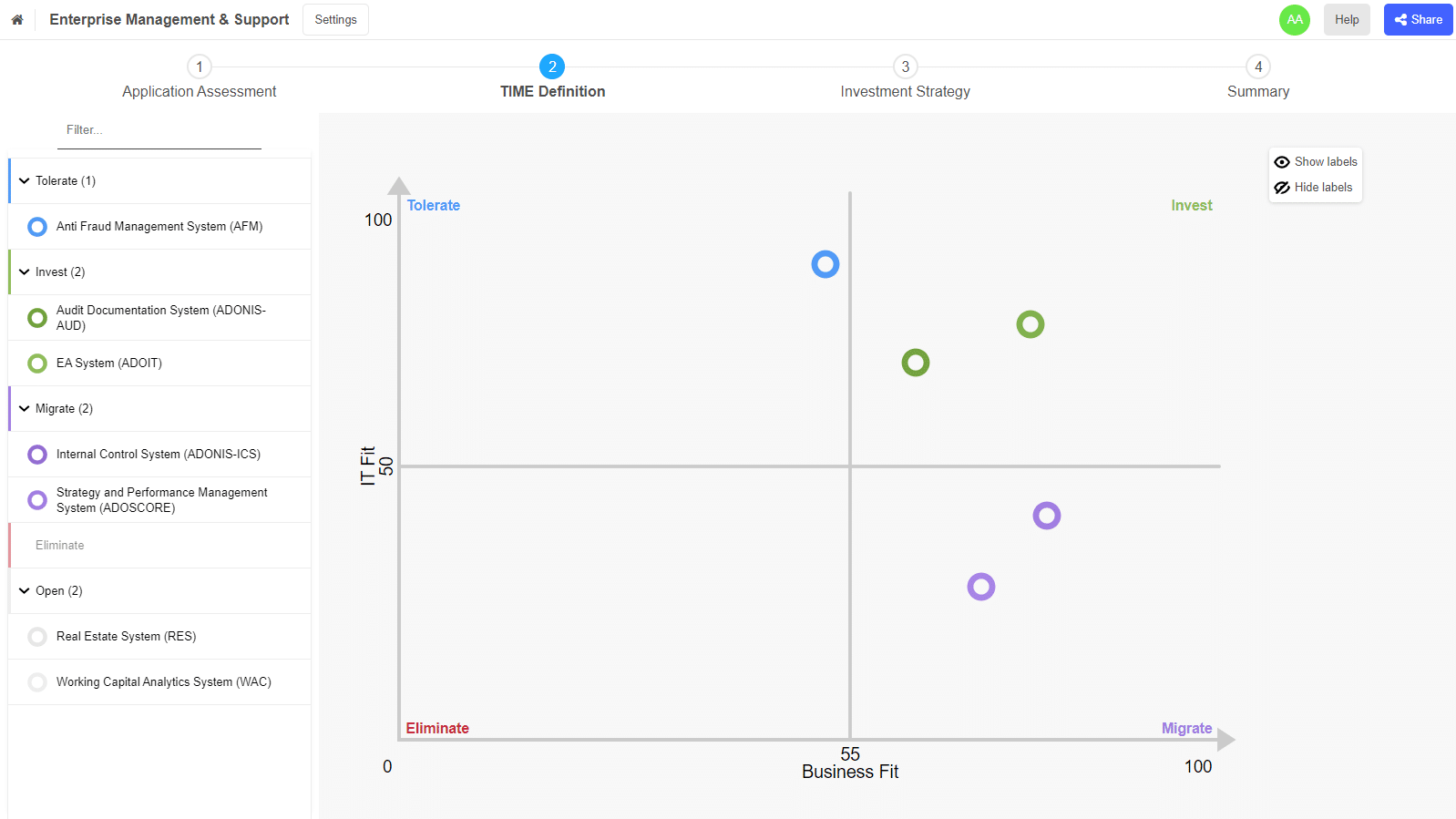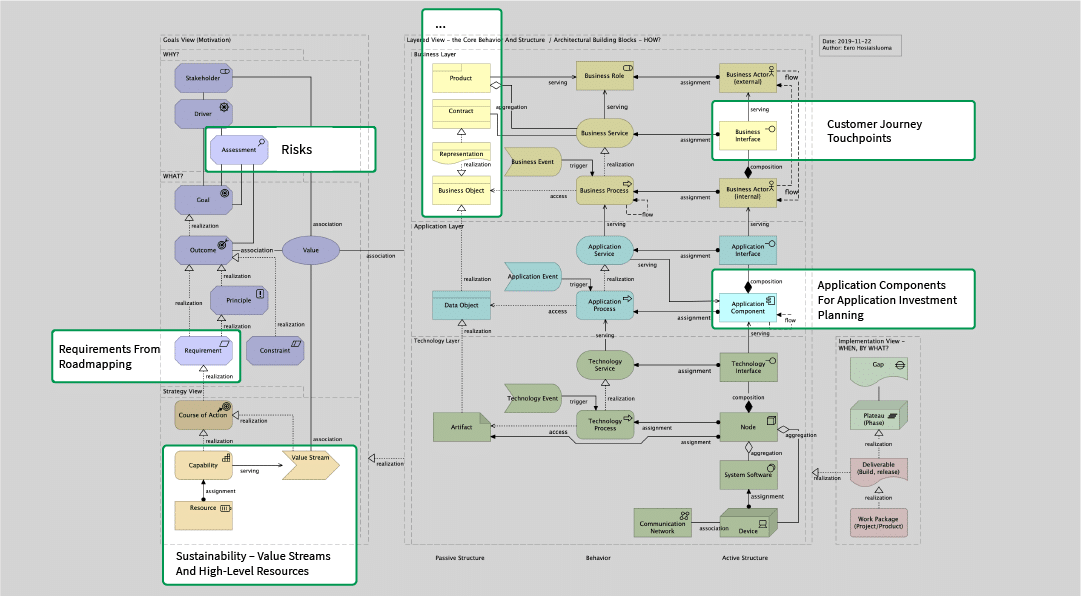Introduction
The standard definition of ‘business as usual’ is constantly evolving. Current trends such as working from home, leveraging AI, sustainability focus, and digitalization or automation of business processes are taking over as the new norm. Team leads and their colleagues are persistently faced with new challenges, that go hand-in-hand with these latest developments.
Viewed from the perspective of individual teams, these topics (and the new requirements they trigger) often seem quite overwhelming and difficult to manage. Many struggle with keeping sight of the big picture and steering initiatives in the right direction. And in this blog, we’d like to share some of the best practices that can help you tackle these issues head on and hit the ground running.
Five (EA) services that you need to know
Roadmapping
Planning is an essential for every team. One of the most effective ways to do this, however, is through a process called “roadmapping”. The output of this is, as the name implies, a roadmap: a map that visualizes a path to a specific destination. It is a visual tool for showcasing the “key” info about a project or product development. In other words, it is a collection of milestones that must be reached to achieve a goal.
Roadmaps serve as tools for outlining a rough, sequential process. This way, they create transparency in your project approach, help to manage expectations, get everyone on the same page, and promote focus on the defined objectives. On top of that, they force us to think. They explain where the journey is heading and help everyone stay on track.
Together with your team, you can define your strategic requirements for the foreseeable future, prioritize and plan them accordingly.
Step “Create Roadmap” in the ADOIT Workspace “Roadmapping”
A widely used technique for roadmapping is the use of a Kanban board (see above). This approach enables you to plan your requirements using columns and cards; columns representing a time period and cards being the requirements. This type of a visual arrangement helps you find the right amount of work, so that the requirements can be correctly planned and subsequently implemented.
The Kanban display helps to keep all important milestones in view, as well as communicate and track them clearly. This can be done both within a team and across teams alike.
If you are interested in more information about this topic, we recommend reading our blog post on strategic roadmapping.
Customer Journey Mapping
Whether we are looking at internal or external customers, your entire team needs to understand the impact they bring to the business and the value propositions they deliver. A proven tool for analysing the interactions and experiences your customers have with your business or department is the Customer Journey.
Example of a Customer Journey modelled in the EA suite ADOIT
The term itself originates from marketing. It literally refers to the customer’s journey from their initial point of contact with a brand, to the actual purchase of a product or service. However, this concept is now being used more in broader business areas too. Think of employee journeys, journeys of internal customers using their services, etc. Is there room for improvement? By visualizing these journeys and evaluating customer touchpoints, optimization potentials can be easily identified and communicated.
Risk Management
When things are going well, it’s often hard to imagine that they could go wrong. However, successful teams must always prepare for the worst-case scenario too. Together with your team, identify the most important risks and keep an eye on them permanently. Then proactively consider how you can counteract those risks. As a team lead, you should always be able to manage your risk portfolio, be it related to project, financial or IT risks.
Step “Assess Risks” in the ADOIT Workspace “Architecture Risk Management”
Sustainability Planning
The topic of sustainability is on everyone’s priority list these days. It has become an integral part of sociopolitical and global concepts. Not to mention, more and more customers are asking for sustainable products and services. Or alternatively, they only want to buy from companies that act and operate sustainably themselves. Sustainability must therefore be on the strategic agenda of every company.
For easier understanding of sustainability, the United Nations adopted 17 Sustainable Development Goals in 2015. They serve as a guideline for the future actions of governments, societies and companies.
This topic is of course very extensive. Not all companies already have sustainability firmly anchored in their corporate strategy. Thus, it is difficult for many teams to figure out how exactly they can contribute to one of the sustainability goals.
Value chain with resources and stakeholders
A pragmatic way to identify sustainability business opportunities is through value stream mapping. To do this, you need to describe the important steps that your team is involved in. Deriving the value stream is, therefore, preferably done in a workshop with your team.
The way it typically works, is that the value chains are divided into your main areas of activity. For each of the activities, identify the incoming and outgoing materials and resources at a high level. In addition, determine the main actors directly/indirectly involved or affected, by each of the value chains.
For each step in your value chain, you and your team should ask yourselves questions like: Does this step have a positive or negative impact on the environment and/or society? If so, what are they? Do the resources contain environmentally critical production factors? Can consumption be minimized or switched to less critical resources? Are the principles of sustainability being violated? Which ones and why? Can you compensate for the negative impacts? The UN Sustainable Development Goals mentioned above provide a good guide for such reflections.
The identified requirements can in turn be planned in your roadmap, and their implementation can be monitored.
If you are interested in an EA-based approach to achieve your sustainability goals, we recommend our blog post “Sustainability and Enterprise Architecture“.
Application Investment Planning
To effectively collaborate with your enterprise IT and ensure the best possible support while you’re making IT-related investment decisions, your IT service providers require feedback.
For this, your list of software applications must be known. Deficits and opportunities for improvement need to be identified and, above all, a coordinated investment strategy for your IT services is a must. It has to be clear how you can use your IT budget in the most efficient way.
In this context, the TIME model has proven to be very helpful. TIME stands for Tolerate, Invest, Maintain and Eliminate. Each software application used by your team is evaluated and an appropriate investment strategy is determined. It becomes transparent and communicable where your team sees the focus for future investments in IT support.
Step “Scores” in the ADOIT Workspace “Application Investment Planning”
If you want to learn how to define a robust application portfolio strategy in five simple steps, make sure to read our APM investment strategy blog post.
Next Steps
You may wonder: What do all these different services have to do with EA? A lot. If the above-mentioned services are understood as EA services, their results form a valuable contribution to the creation of a holistic view of your company – the enterprise architecture.
Using a common standard like Archimate, the results of the individual initiatives can be combined to create an overall picture. Alternatively, the results from your company’s EA initiative can be used directly in the services as a starting point.
If you integrate the data well, or better yet, manage it in an EA tool like our industry-acclaimed ADOIT, it’s a win-win situation… You should definitely explore this option with your Enterprise Architecture experts!










